whats
not
been
lost
ENRIQUE GUERRERO GALLERY
CDMX 2019
CDMX 2019

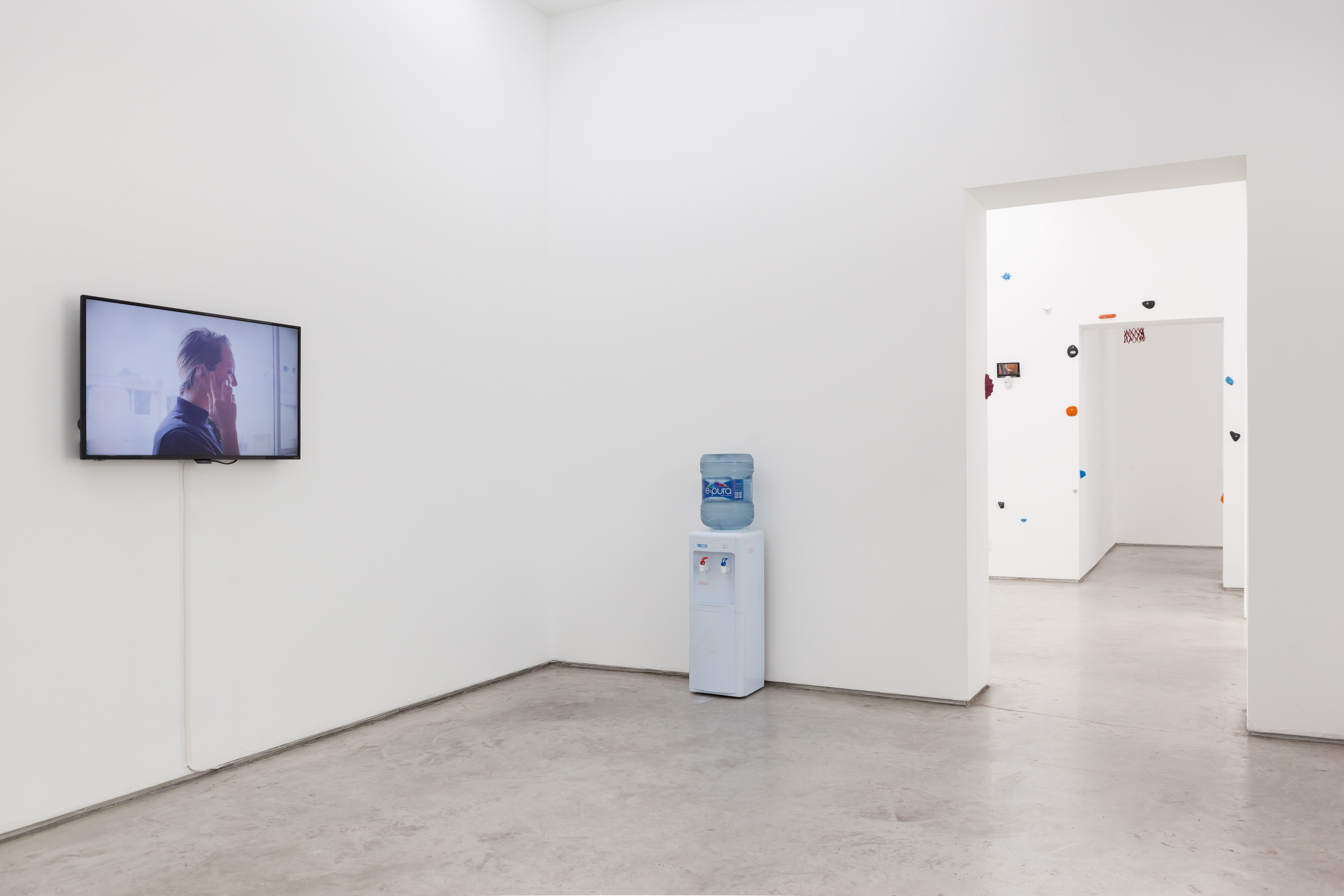

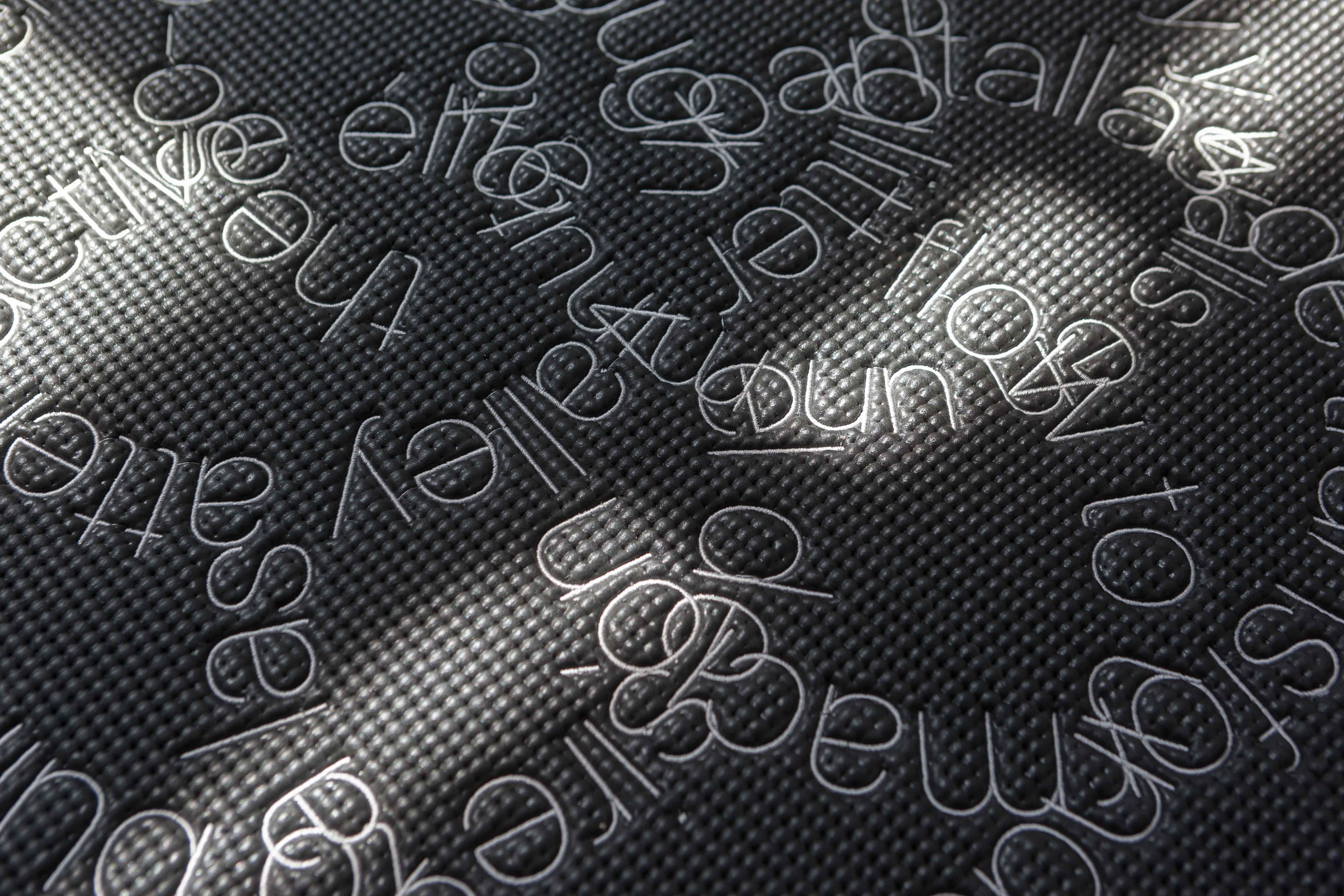





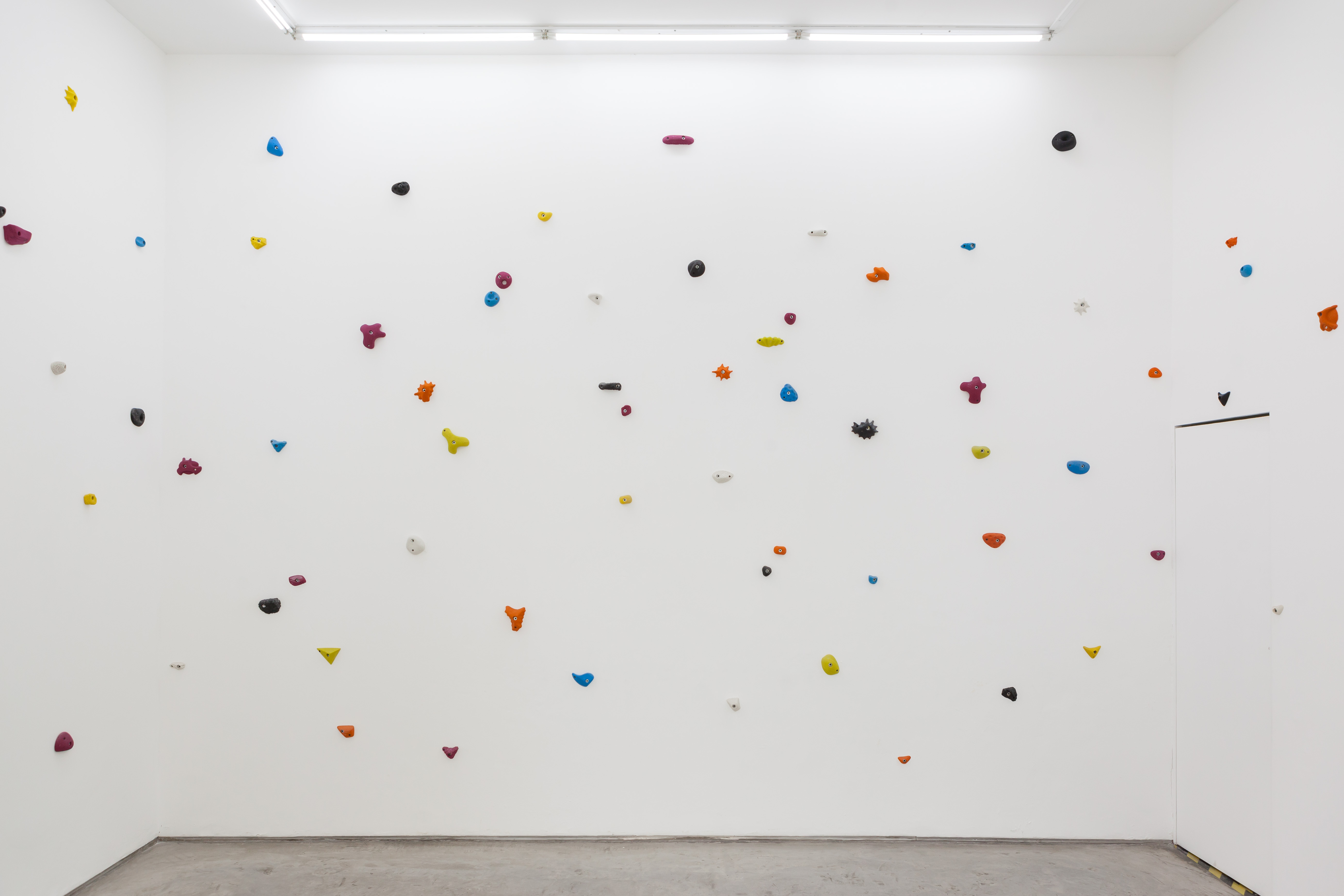

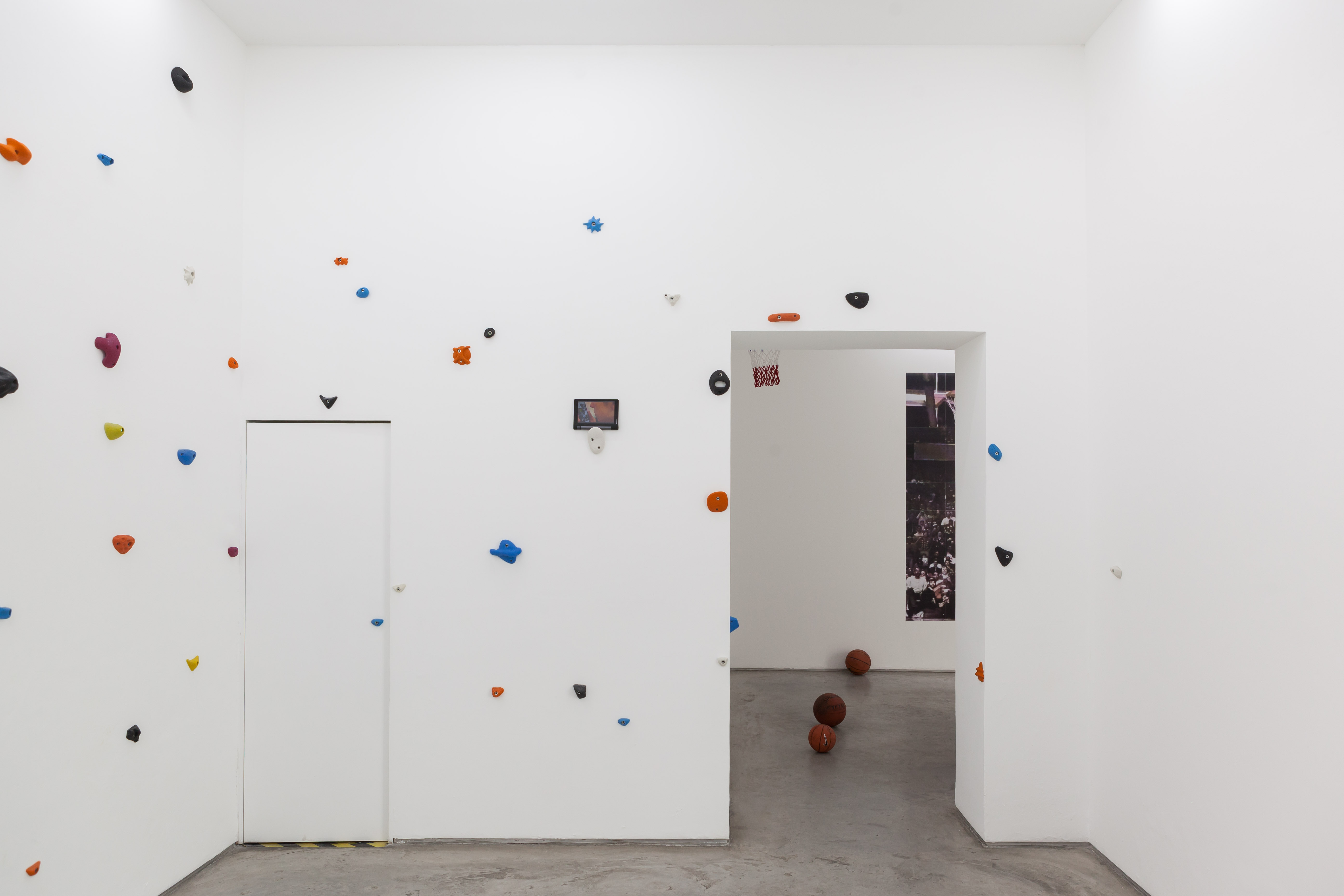

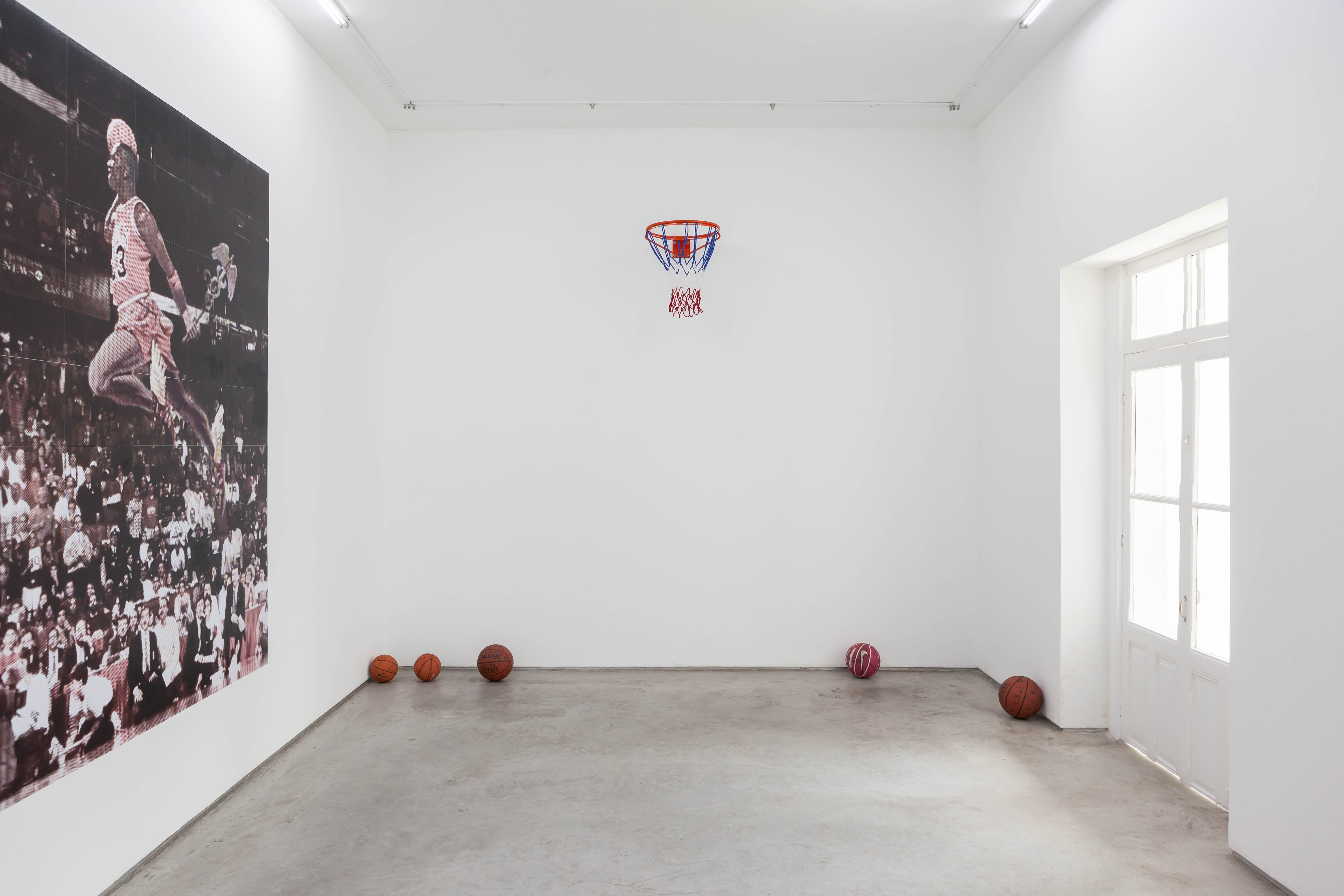
The death of God as the sole observer and regulator of the body, through the notion of soul or second body, has involved the construction of other places of validation and social construction of the body. The eye is now precisely in society itself, whose gaze validates or rejects, codifies and regulates. This validation is no longer ethical but erotic, it is not a must be because the body wants the validation and acceptance of the desire of others, wants to be desired, which does not cease to have a deep anguish in the face of mortality and safe extinction of the species that also stimulate desire. In the background there is also a technological framework for the production of validation images, codes of behavior that regulate the spaces and moments of production of subjectivity. Sport is one of those spaces.
Sport is first and foremost an idle activity, the temple of self-design and the factory of desire, it is the space where there is the time necessary for the formation of subjectivities. Idleness is precisely the time necessary for the formation of the subject as a civic, observant and critical being, not only operative and functional according to the Kantian distinction in which selfless contemplation in the contemplative life was the highest expression of the spirit.
In the work of Santiago Pinyol, poetic intervention actions go beyond physical spaces to really intervene in their codes and in the invisible mechanisms of subjectivity production. The invisibility becomes evident precisely by pointing out the limit that separates the codes of the bodies. That limit is identified on the screen on which symbols of a waiting state or throbbers appear: the throbber is the previous symbol in the production of recognizable images, throb is pulpit, but more than a constant rhythm is an acceleration as a result of a stimulation. Precisely in place with sport, the moment of acceleration in the production of stimulating images.
Sport is first and foremost an idle activity, the temple of self-design and the factory of desire, it is the space where there is the time necessary for the formation of subjectivities. Idleness is precisely the time necessary for the formation of the subject as a civic, observant and critical being, not only operative and functional according to the Kantian distinction in which selfless contemplation in the contemplative life was the highest expression of the spirit.
In the work of Santiago Pinyol, poetic intervention actions go beyond physical spaces to really intervene in their codes and in the invisible mechanisms of subjectivity production. The invisibility becomes evident precisely by pointing out the limit that separates the codes of the bodies. That limit is identified on the screen on which symbols of a waiting state or throbbers appear: the throbber is the previous symbol in the production of recognizable images, throb is pulpit, but more than a constant rhythm is an acceleration as a result of a stimulation. Precisely in place with sport, the moment of acceleration in the production of stimulating images.
Pointing out the limit is a well-known resource of sacred architecture, composed of places that symbolize boundaries and thresholds between chaos and order. A sacred place is where you can see the divine or cosmic order that regulates us. The spaces for the sport fulfill a similar function, they are spaces of construction of subjectivities from codes of regulation and validation, perhaps the sport has always been a sacred space, Delphi testifies.
Finally, the body is also constructed by overcoming it, not insisting on its corporality but on the opposite, on a condition of post-humanity or transhumanity. This path was opened by Lyotard when he asked if thought could exist without a body. The body exists before and after in language, it is part of a code or a technique, and the place of concrete poetry in the intervened objects is relevant here: poetry is an indirect way of accessing knowledge, even if it seems otherwise Due to the apparent deformation of conventional language, poetry, like the sphere, hides but does not deform.
Alejandro Piñol
Finally, the body is also constructed by overcoming it, not insisting on its corporality but on the opposite, on a condition of post-humanity or transhumanity. This path was opened by Lyotard when he asked if thought could exist without a body. The body exists before and after in language, it is part of a code or a technique, and the place of concrete poetry in the intervened objects is relevant here: poetry is an indirect way of accessing knowledge, even if it seems otherwise Due to the apparent deformation of conventional language, poetry, like the sphere, hides but does not deform.
Alejandro Piñol